Let’s be real—at some point, we’ve all fantasized about ditching the rent, the nosy landlord, and the never-ending HOA emails to live life on the road. #VanLife looked so romantic: waking up to a mountain view, brewing coffee by a lakeside, your only neighbor being a curious deer. But while influencers made it seem like a never-ending glamping adventure, cities across the U.S. have been quietly tightening the screws on that freedom. Turns out, local governments aren’t exactly vibing with the idea of people turning their streets into campgrounds.
Whether it’s zoning laws, parking restrictions, or good old-fashioned NIMBYism, more and more places are making it very hard to legally live in an RV—especially if you’re not parked at an official campground or RV park. And we’re not just talking small towns here—big-name cities are cracking down in creative (and often confusing) ways. So if you’re thinking of swapping your apartment lease for a life on wheels, here are 12 places where you might want to pump the brakes.
1. San Francisco, CA

San Francisco’s love–hate relationship with RV dwellers has tilted sharply toward “hate” in recent years. The city now prohibits overnight parking of inhabited RVs on most public streets between midnight and 6 a.m., and occupants who refuse shelter offers risk towing and a $108 citation. According to the Los Angeles Times, Mayor London Breed has doubled down, insisting accepting help is non-negotiable. Critics say it criminalizes homelessness rather than solves it. Outreach teams must first offer housing or services before towing, but that hasn’t stopped dozens of vehicles from disappearing overnight. With an estimated 1,444 people living in vehicles—a 37 percent jump from 2022—the SFMTA is scrambling to enforce new “compassionate” tow zones. Local businesses cheered when they got fewer street-parked RVs, but unhoused advocates warn of dangerous displacement.
Despite public hearings being bypassed for speedier action, the city still needs block-by-block justifications to post tow-away signage. That paperwork-heavy process has led to patchwork enforcement—one block’s safe haven is the next block’s tow-away zone. Housing advocates argue this shoves RV residents into more precarious spots just out of sight. The board’s 7–3 reversal vote in December shows the policy’s volatility, and legal challenges loom. For now, if you park an RV in SF, be ready to move or risk a tow ticket—and keep your tarp and camping chairs packed tight.
2. Seattle, WA
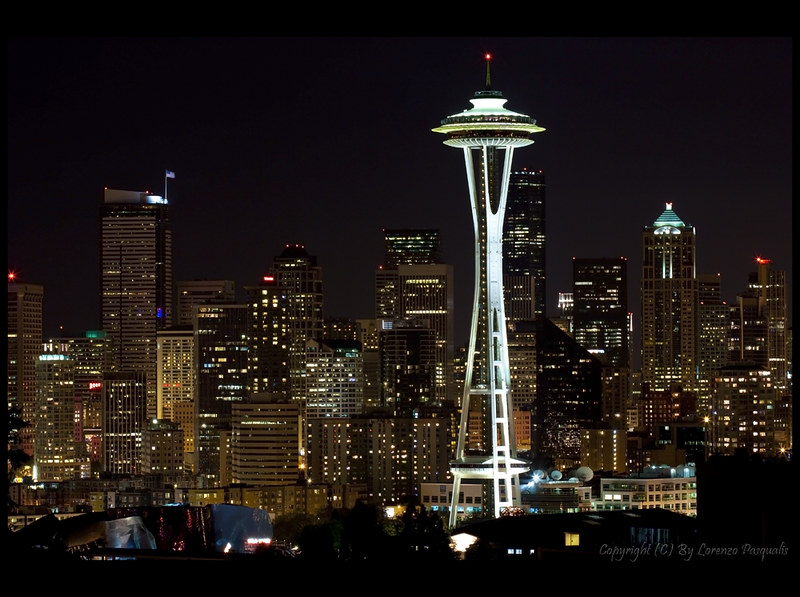
Seattle’s zoning and health codes have quietly turned RV living into a logistical maze. After the Washington State Supreme Court ruled cities can enforce parking restrictions on vehicle dwellers, local ordinances limit street parking to 72 hours per block, and RVs must move at least once every three days, according to FOX 13 Seattle. Tiny houses on wheels are treated like camper trailers and can’t be used as residences in city limits. If you’re on private property, you still need permits and have to comply with setback and flood-hazard rules. Living in an RV on unapproved land can trigger code-enforcement fines or impoundment.
King County’s floodplain regs add another layer: RVs on properties in flood zones can only stay up to 180 consecutive days—and only if fully licensed and highway-ready. Elsewhere, they’re capped at a 60-day window per year for “temporary recreation.” The 180-day allowance conflicted with a separate 60-day rule until the county clarified one supersedes the other. Enforcement remains complaint-driven, so unless someone rings 3-1-1, many RVers slip under the radar—until they don’t. With urban campsites scarce and shelters full, being forced to move every few days can feel like professional-level Tetris.
3. Los Angeles, CA

In L.A., overnight RV parking bans now stretch across dozens of Westside streets, prohibiting vehicles over 22 feet long or 7 feet high from parking between 2 a.m. and 6 a.m., LAist reports. The DOT posts new “towâ€away, noâ€parking” signs and readies an “RV task force” that issues tickets, tows immediately, and offers outreach-first shelter options. Councilmember John Lee pushed for swifter enforcement to relieve residents frustrated by sidewalk-blocking motor homes. Traffic officers no longer need to confirm occupancy before towing—if an RV poses a hazard, they can haul it off without the old shelter-offer ritual.
Despite L.A.’s “sanctuary city” ethos, city code still criminalizes sleeping in vehicles near parks, schools, or residential blocks, with six-month extensions routinely renewed. Critics say the bans displace vulnerable populations into more dangerous neighborhoods or out of the city entirely. Safe-parking programs can handle fewer than 300 RVs nightly—nowhere near the 9,500 people living in vehicles counted in the last homeless census. With no new sanctioned lots in the pipeline, the cycle of towing and returning continues—often leaving RV residents camped illegally just outside the city limits.
4. Portland, OR
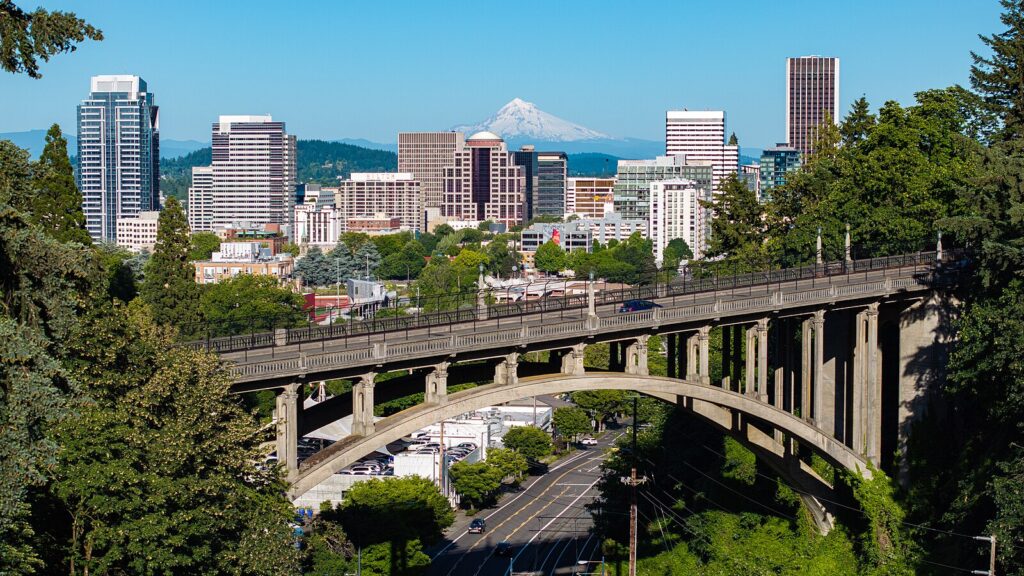
Portland’s 2023 camping ordinance extends beyond tents to include RVs as “campsites.” If unhoused RV dwellers have reasonable alternative shelter, camping on public rights-of-way is banned at all times, according to Portland.gov. For those without shelter, RV occupants can stay but must follow strict “time, place, and manner” rules: no propane heaters, fires, or blocking sidewalks. Police can only clear high-impact camps after outreach by the Street Services Coordination Center. Violations can mean fines up to $100, jail time up to seven days, or referral to diversion programs.
HB 3115 (2021) forces cities to ensure any camping ban includes exceptions if no shelter beds are available—Portland’s revised rules comply by allowing camping when shelters are full. Still, a Multnomah County injunction paused many provisions until courts weigh in on stateâ€level reasonableness requirements. Meanwhile, the city’s Safe Rest Villages experiment offers indefinite stays in tiny-home parks but houses only a fraction of RV dwellers. Residents outside these sites must constantly adjust, risking citations or camp sweeps if they can’t find a legal spot.
5. Austin, TX
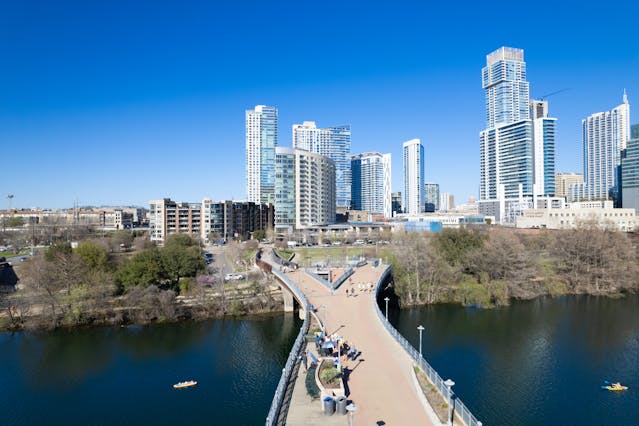
Austin’s upcoming Land Development Code overhaul deliberately excludes RVs from single-family lots—even though tiny homes and ADUs are getting the green light, per The Austin Monitor. A city memo notes federal law classifies RVs purely as vehicles, not dwellings, leaving permanent occupancy to local regulation. Texas regs allow RVs on private land up to 180 days, but Austin staff flagged safety gaps—no building-code standards cover plumbing, wiring, or fire egress in RVs. Councilmembers punted RV inclusion to a later date, focusing now on tiny homes and gentle density.
Meanwhile, parking an RV on Austin streets without moving it every 72 hours violates city code, and sleeping in it on city streets is expressly prohibited. On private lots, RVs must be behind six-foot fences and cannot serve as permanent housing unless in a zoned trailer park. Permit proposals for RV hookups on residential parcels have stalled pending further study. For now, full-time RV living in Austin remains an uphill battle against zoning, safety, and NIMBY concerns.
6. Boulder County, CO
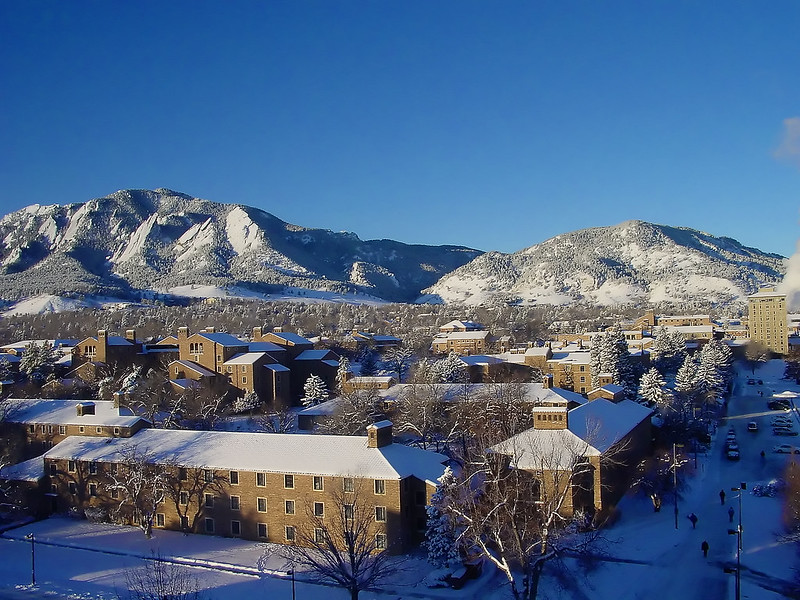
In unincorporated Boulder County, the Land Use Code permits camping—including in travel trailers and fifth wheels—for only 14 days per year on any parcel. RVs don’t qualify as dwellings, so living in them permanently or during home construction is illegal. Violators risk code-enforcement notices and fines, and repeat offenders face vehicle impoundment. County planners emphasize camping rules aim to prevent environmental damage and protect public safety.
Property owners can host RVs temporarily when building homes, but only under strict permitting and time limits. Permits require adherence to setback, waste-disposal, and fire-safety standards. The 14-day cap resets annually, and no extensions are granted regardless of shelter availability. Many RV residents have relocated to the city of Boulder’s Safe Parking Program or neighboring counties—where rules may be more relaxed—rather than face constant notice-to-quit orders.
7. New York City, NY

NYC classifies Class B camper vans and RVs as commercial vehicles, limiting street parking to a maximum of 24 hours. After 24 hours, vehicles are subject to towing, and owners face fines upwards of $200 plus impound fees. Sleeping in a vehicle on city streets violates public safety laws and can trigger police intervention. No city-run safe-parking lots exist; the closest option is just across the river in Jersey City’s Liberty Harbor RV Park, a 15-minute PATH ride from Manhattan.
Designated loading zones or meter spaces aren’t “RV-friendly,” and lengthy dwellings rarely fit. The Department of Transportation enforces “no-standing” restrictions rigorously, leaving van-dwellers constantly on the move. Without designated safe lots, long-term RV residents must circle the boroughs or risk complaints from neighbors and tow trucks. Efforts to introduce a council bill limiting residential-street stays to three hours between 9 p.m. and 5 a.m. would tighten rules further if passed.
8. Miami-Dade County, FL

Miami-Dade County Code allows one RV per residential parcel but forbids its use as living or sleeping quarters. RVs must be parked behind the front building line—in side or rear yards—and meet size limits (≤ 30 ft long, ≤ 10 ft high). No service hookups (water, sewer, electric) are permitted except for maintenance, and major repairs on-site are barred. Code compliance officers issue warnings for first offenses; repeat violations trigger escalating fines and potential liens on the property.
Both tenant and owner share responsibility, so landlord-tenant disputes often arise when renters keep RVs on site. Courtesy notices outline removal deadlines; noncompliance leads to Civil Infraction Notices. The goal is to preserve neighborhood aesthetics and prevent health hazards from abandoned or deteriorated vehicles. Home-and-property sales sometimes hinge on RV storage disputes, driving some residents to relocate their rigs to storage facilities.
9. Orlando & Orange County, FL
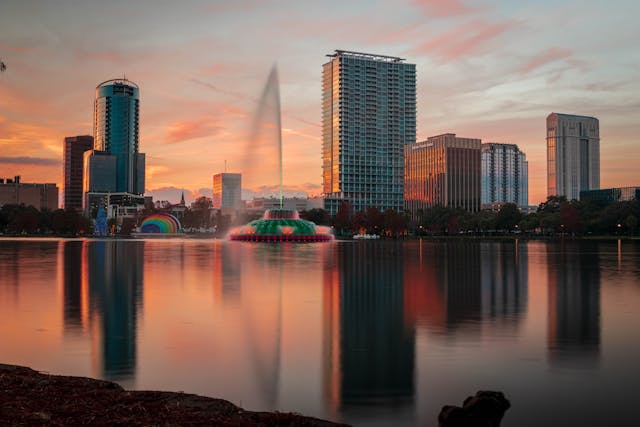
Orange County’s municipal code lets residents park RVs on private property temporarily but prohibits permanent living setups. RVs can connect to utilities only for periodic maintenance—not for ongoing habitation. Temporary use permits may allow guests to stay up to 14 days, after which the vehicle must be removed. Violations incur code-enforcement fines and require removal or relocation of the RV.
Local nonprofits run safe-parking sites for sanctioned, short-term stays, but capacity is limited. The county emphasizes outreach: code officers must offer shelter resource info before issuing citations. As Orlando’s housing crunch tightens, more people turn to RVs—yet legal options remain strictly temporary.
10. Santa Clara County, CA

In Santa Clara County, zoning bans living in RVs on private land—even if you own it. Vineyard owner Michael Ballard was fined over $120,000 for letting his manager’s family live in an RV on his property, prompting a lawsuit against the county. County officials argue RVs lack septic and building-code compliance, while Ballard claims the fines are unconstitutional amid a housing crisis.
The county denies RV dwellers basic services, treating occupied RVs like blight. Without clear safe-parking alternatives, displaced residents either move to other counties or join street encampments. Ballard’s case spotlights the tension between private property rights and local land-use regs during a regional affordability crunch. His lawsuit seeks to narrow the vague “health hazard” definition the county used to levy fines—potentially setting a precedent for RV living rights.
11. San Diego County, CA
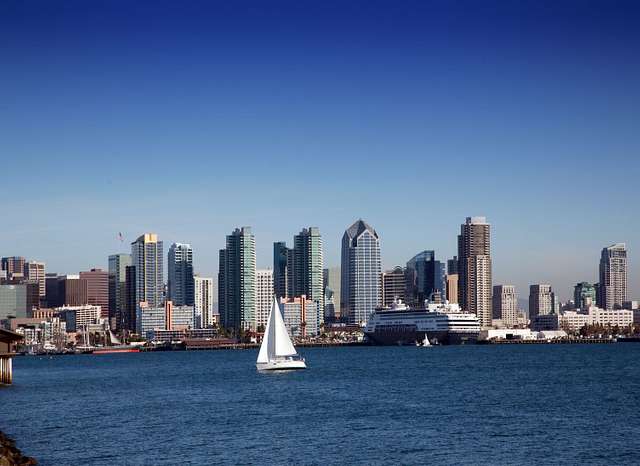
San Diego County limits RV street parking via a daily permit system: you can buy a temporary parking permit for $1/day with a 72-permit annual cap, but no overnight street camping is allowed. RVs on private property generally must stay behind lateral setbacks and cannot be used for habitation without proper RV parks or campgrounds. The idea is to keep neighborhoods “tidy,” but for folks looking to live full-time in their rig, the options are bleak unless you’re shelling out for a private lot or RV resort—which, let’s be honest, can cost nearly as much as rent in some cases. And if you’re caught overnighting it somewhere sketchy, code enforcement can cite you, and repeat violations might land your ride in impound.
To make things trickier, there’s also a county-wide push to curb what’s been dubbed “vehicular homelessness,” especially in beachside neighborhoods. Some residents have even installed large decorative rocks or fencing along streets to block RVs from pulling up—creative, sure, but not exactly welcoming. While there are a few safe-parking lots around the city, spots are limited and usually reserved for people receiving services. Long story short: if your RV dream involved coastal sunsets and beach parking in SoCal, San Diego County might leave you feeling a little… landlocked.
12. King County (outside Seattle), WA

Beyond Seattle city limits, King County allows RVs on private land up to 180 days if fully licensed, but strictly limits parking on public roads to four hours without a permit. Unincorporated areas require setback compliance and often do not allow RV living as permanent housing. That means even if you’ve got a cousin with an extra acre in the woods, you can’t just roll in and set up camp for the year—unless you’re following county rules down to the sewer hookup. And while 180 days sounds generous, it’s still technically a temporary use—after that, it’s pack-up-or-pay-up.
There’s also a maze of overlapping regulations depending on whether your plot falls within city boundaries, the urban growth area, or the rural buffer. Some property owners have tried to skirt the rules by declaring “guest stays” or calling their RV a “mobile office,” but inspectors have caught on. And if you try to blend into public streets, don’t count on slipping by unnoticed—neighbors in some towns have set up DIY patrols to report RVs that stick around too long. It’s Pacific Northwest hospitality, with a clipboard.
This article is for informational purposes only and should not be construed as financial advice. Consult a financial professional before making investment or other financial decisions. The author and publisher make no warranties of any kind.








